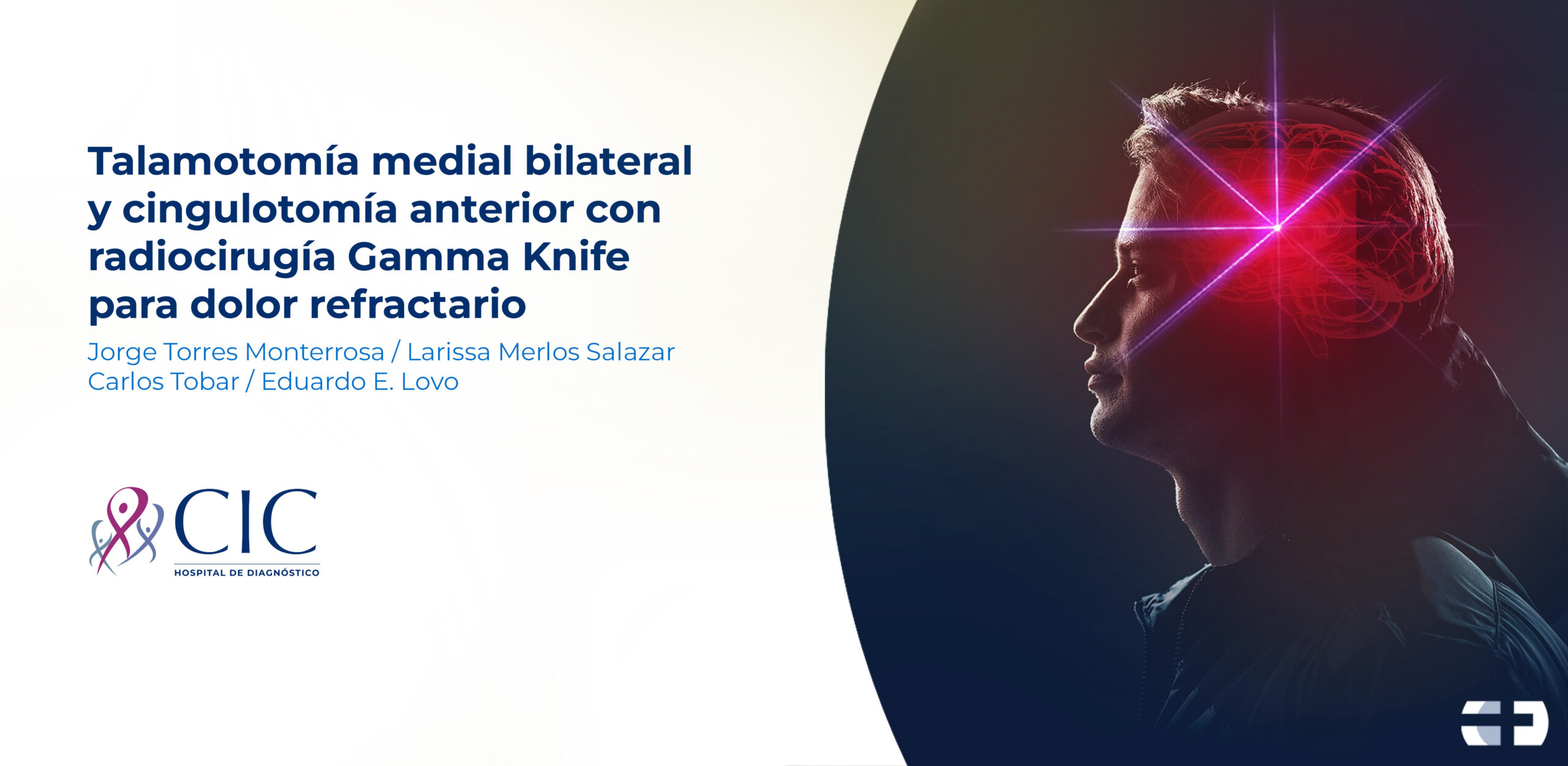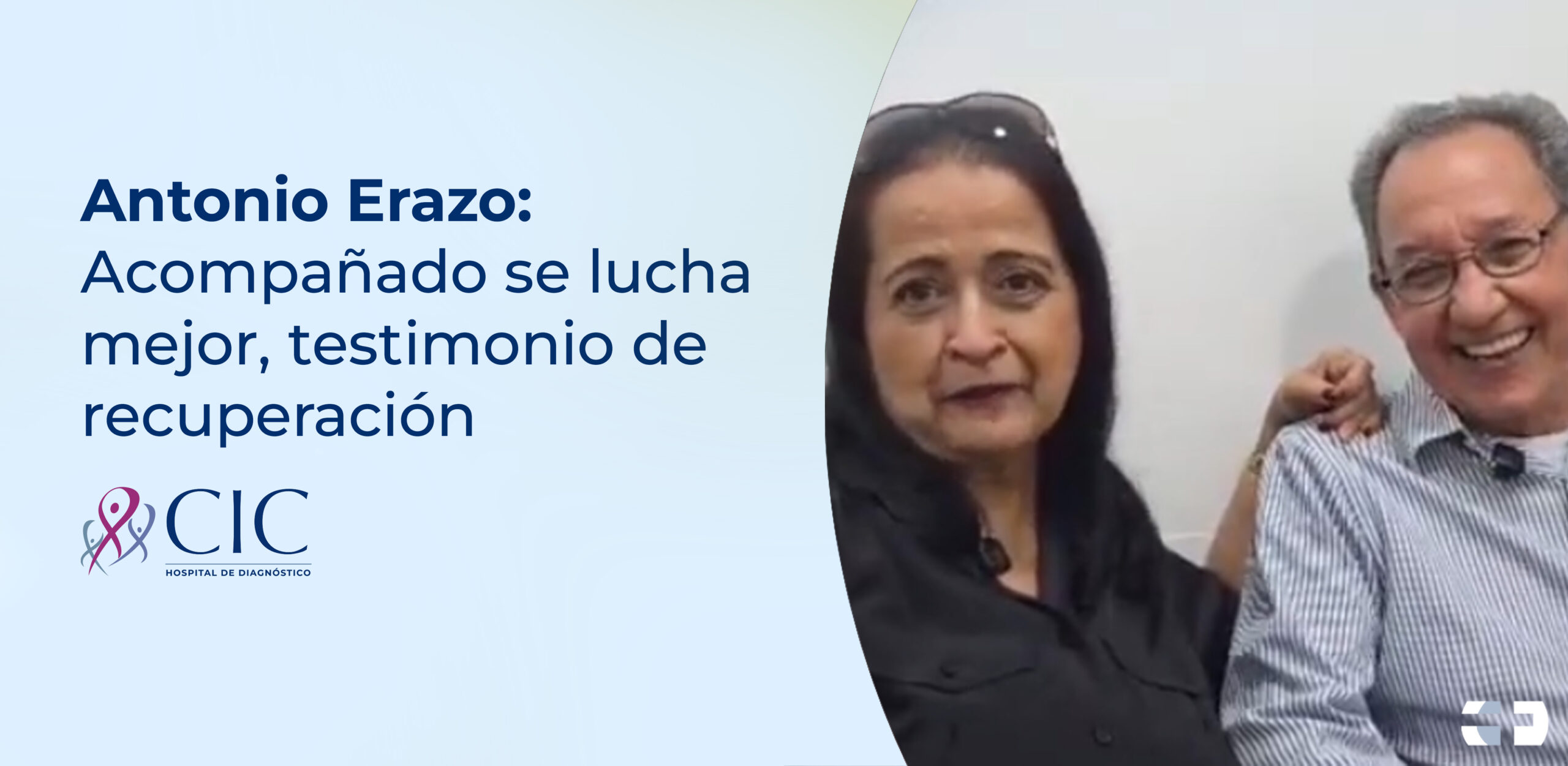Introduction
Meningiomas are extra-axial central nervous system tumors. Complete resection is often curative with macroscopically complete removal of the tumor, excision of its dural attachment, and any abnormal bone. Radiosurgery is also an option for high-risk patients or in patients with surgically residual disease. Dural tail is a typical radiological sign on contrast-enhanced MRI; it can contain tumor cells or be a reaction due to vascular congestion and edema. Radiosurgical planning treatment varies regarding the identification and coverage of the dural tail. This study aimed to retrospectively analyze a series of 143 patients with WHO Grade I meningiomas treated with different radiosurgical platforms, and dosing parameters focused on planning and dose delivery to the dural tail.
Methods
From February 2011 to July 2020, 143 patients with histologically confirmed or radiologically assumed WHO Grade I meningiomas were treated using rotating gamma-ray Infini™ (Gamma [MASEP Medical Science Technology Development Co., Shenzhen, China]), TomoTherapy® (Tomo [Accuray Inc., Sunnyvale, CA]), and CyberKnife® (CK [Accuray Inc.]). All plans were retrospectively reviewed to establish the maximum distance (MaxDis) from the prescription dose to the end of the dural tail and the minimum dose at the dural tail (MinDoseT) at this point. We also established the midpoint distance (MPDis) from the prescription dose to MaxDis and the dose at this point (MPDose). Plans were further distinguished when the physician intended to cover the dural tail versus when not. Patients and tumor response were assessed by imaging and clinical and phone call evaluations.
Results
Of the 143 patients, 81 were treated using Gamma, 34 using Tomo, and 28 using CK. Eighty patients were eligible for follow-up, of whom 58 (72.5%) had an unmistakable dural tail sign. Median follow-up was 1,118 days (range 189-3,496), mean age was 54.5 (range 19-90), and 61 were women, and 19 were men. Overall tumor volume was 6.5 cc (range 0.2-59); mean tumor volumes by different platforms were 2.4, 9.45, and 8 cc; dose prescribed and mean tumor coverage were 14 Gy and 92%, 14.5 Gy and 95%, and 14 Gy and 95.75% with Gamma, Tomo, and CK, respectively. The dural tail was drawn and planned with an attempt to treat in 18 patients (31%); the mean MaxDis, MinDoseT, MPDis, and MPDose were 9.0 mm, 2 Gy, 4.5 mm, and 10.6 Gy, respectively. At last follow-up, tumor control was achieved in 96% of patients for the whole series, and there were no statistical variations regarding tumor volume, dose, conformality, or control when stereotactic radiosurgery was used to cover the dural tail versus when it was not (p=0.105). One patient experienced a Grade 4 Radiation Therapy Oncology Group toxicity as an adverse radiation effect that required surgery, and 11 (7.6%) experienced a Grade 1 toxicity.
Conclusions
This is our preliminary report regarding the efficacy of radiosurgery for meningiomas using diverse platforms at three years of follow-up; the results regarding tumor control are in accordance with the published literature as of this writing. A conscious pursuit of the dural tail with the prescription dose has not proven to provide better tumor control than not doing so – even small areas of the tumor uncovered by the prescription dose did not alter tumor control at current follow-up. The doses delivered to these uncovered areas are quite significant; further follow-up is necessary to validate these findings.
















